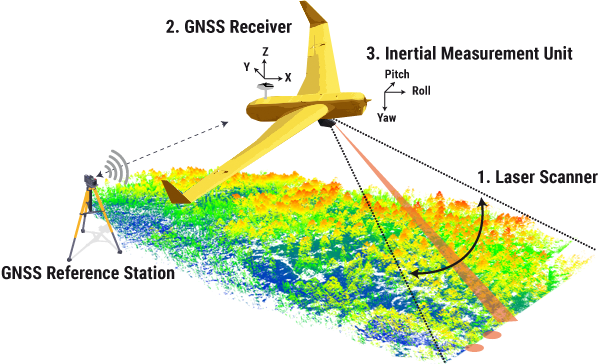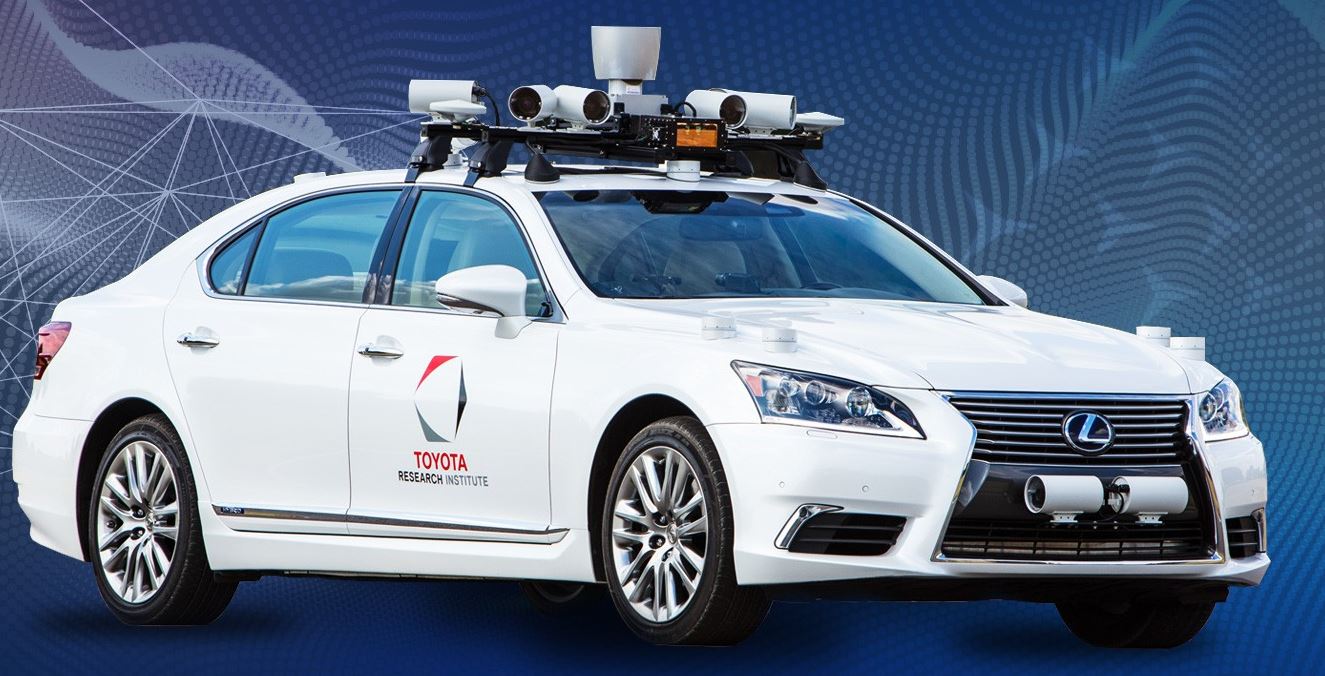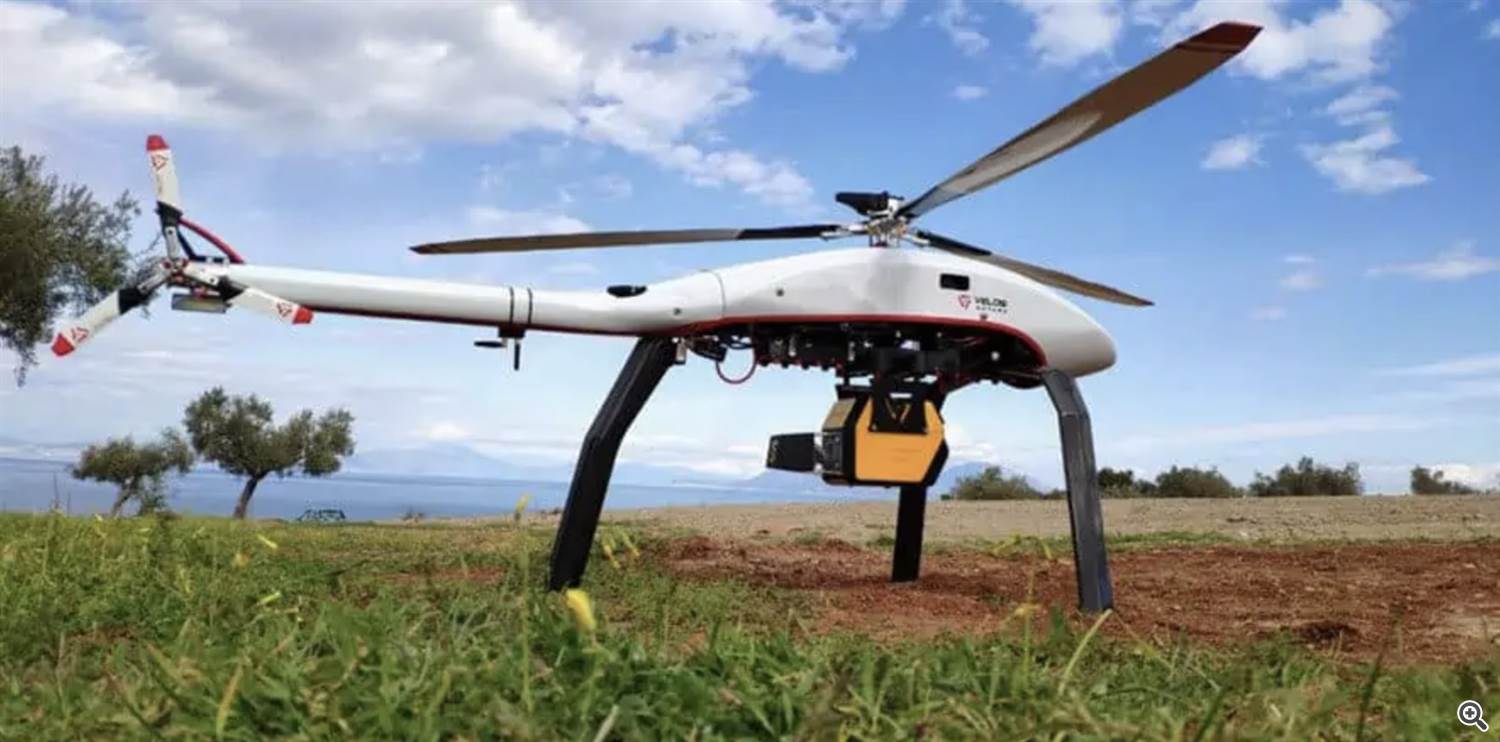Archaeologists have uncovered a cluster of lost cities in the Amazon rainforest. You can see the LIDAR image from the Copueno site, Upano Valley, in Ecuador. Mapping by laser-sensor technology has made this possible.

Image source: The Guardian. This is an image of a landscape that we could not see because of the trees that cover the surface of the earth. With the help of LIDARs we can see through the treetops. LIDARs can also look through water. So what is this device and how does it work?
How does LIDAR work?
LIDAR, which stands for Light Detection and Ranging, is a remote sensing technology that uses laser light to measure distances and create detailed, accurate 3D maps of the surroundings. These systems work by emitting laser beams and measuring the time it takes for the light to return after bouncing off objects in the environment.

My solutions on MQL5 Market: Vladimir Toropov’s products for traders
This information is then used to create high-resolution, three-dimensional representations of the terrain or objects. The basic components of the system include:
- a laser,
- a scanner or mirror to direct the laser beams,
- a receiver to detect the reflected light,
- a timing system to measure the round-trip time of the laser pulses.
By combining the position of the LIDAR device with the precise distance measurements, it is possible to generate highly accurate and detailed point clouds, which are collections of 3D points representing the surfaces of objects or terrain.
Applications of laser-sensor technology
The versatility and accuracy of the technology make it a valuable tool in various scientific, industrial, and commercial applications.
Surveying and Mapping
LIDAR is commonly used for creating detailed topographic maps, especially in areas with challenging terrain. It is also employed in urban planning and infrastructure development.
Autonomous Vehicles
These sensors are integral to many autonomous vehicles. They help the vehicles perceive their surroundings by providing accurate and real-time 3D maps, aiding in obstacle detection and navigation.

Environmental Monitoring
LIDAR is used to monitor forests, study ecosystems, and measure changes in landscapes. It can be employed for assessing the health of vegetation, monitoring deforestation, and studying geological features.
Meteorology
These systems are utilized in atmospheric studies to measure cloud and aerosol properties, wind patterns, and other atmospheric parameters.
Archeology and Cultural Heritage
As we can see in the example, LIDAR has been used to uncover hidden archaeological features and map ancient sites by scanning the terrain from the air. This non-invasive technique helps archaeologists reveal structures and landscapes that may be difficult to detect on the ground.
How to invest in LIDAR
Investing in the laser-sensor technology involves considering companies that develop and manufacture sensors or provide related technologies and services. Here are some prominent developers:
Velodyne Lidar
This is a well-known LIDAR technology company and a pioneer in the industry. They produce a variety of sensors used in applications such as autonomous vehicles, drones, and industrial automation.
Luminar Technologies
Luminar is a company that focuses on LIDAR solutions for autonomous vehicles. They are known for their high-performance sensors and perception software.
YellowScan
YellowScan is a leading developer of professional integrated UAV (unmanned aerial vehicle) LiDAR solutions for surveying.
My solutions on MQL5 Market: Vladimir Toropov’s products for traders
Their lightweight survey-grade LiDAR technology has been used for a diverse range of drone mapping and surveying applications, including civil engineering, forestry, environmental research, mining and archaeology.
Aeva
Aeva is a technology company that develops 4D LIDAR sensors, combining range, velocity, and reflectivity in a single sensor. Their sensors are designed for autonomous vehicles and other applications.
Innoviz Technologies
Innoviz is a LIDAR technology company that specializes in providing solid-state solutions for autonomous vehicles. Their sensors are designed to offer high performance and reliability.
Quanergy
Quanergy is known for developing solid-state LIDAR sensors for various applications, including automotive, industrial automation, and security. They aim to provide cost-effective and scalable solutions.
Ouster
Ouster is a LIDAR sensor manufacturer that produces high-resolution, long-range sensors for applications such as robotics, drones, and autonomous vehicles.
LeddarTech
LeddarTech is a LIDAR technology company that develops the sensors and perception software for various industries, including automotive, industrial automation, and smart cities.
Aeye
Aeye is known for its adaptive LIDAR technology, which integrates artificial intelligence and 3D perception capabilities. Their systems are used in autonomous vehicles and other applications.
Cepton Technologies
Cepton develops LIDAR solutions for automotive, industrial, and smart infrastructure applications. They offer these sensors with a focus on high resolution and long range.
Conclusion
Please note that the LIDAR industry is dynamic, and new companies may have emerged or existing ones may have undergone changes. Additionally, the adoption of the technology spans various industries, including automotive, robotics, agriculture, and more.
Be careful and invest wisely!
If you enjoy my posts feel free to like and share them. It is very important for me. Thank you!
My solutions on MQL5 Market: Vladimir Toropov’s products for traders




